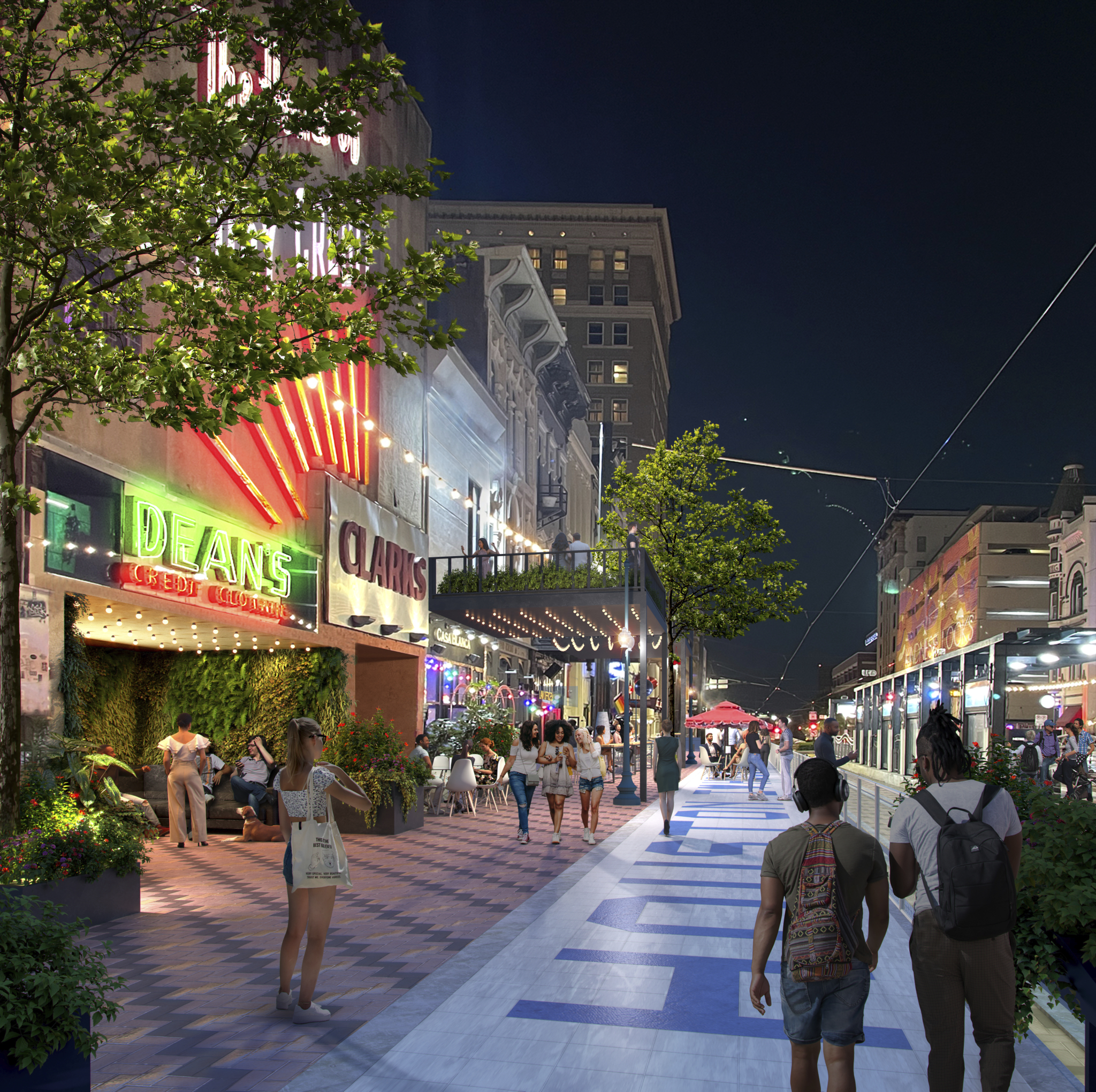As we look to 2025, our firm remains dedicated to transforming built and natural environments into spaces that inspire and connect. Rapidly evolving community needs and environmental challenges shape our focus on five transformative trends: addressing inequities in public realm design, cultivating sustainable community ecosystems, honoring cultural heritage through placekeeping, integrating art and cultural relevance, and advancing climate-responsive planning.
Each trend reflects Design Workshop’s mission to create spaces that are resilient, inclusive, and meaningful — meeting today’s challenges while preparing for tomorrow’s opportunities.
1. Addressing Inequities through Public Realm Design
The built environment shapes social equity. In 2025, Design Workshop will continue addressing disparities by creating inclusive spaces that remove barriers and foster connections. The Salt Lake City Public Lands Master Plan exemplifies this vision, ensuring equitable access to green spaces, walkable areas, and recreational opportunities in underserved communities.

Main Street, Houston, Texas
2. Building Healthy, Sustainable Community Ecosystems
Sustainability is about creating ecosystems where people thrive. We integrate green infrastructure, active living, and sustainable materials into designs that support health, equity, and resilience. The More Space: Main Street project in Houston transforms commercial corridors into vibrant, pedestrian-friendly spaces that foster social interaction and support local businesses.
3. Placekeeping: Honoring Cultural Identity
Placekeeping preserves the cultural and emotional essence of a location. Our commitment to honoring local histories and Indigenous narratives ensures authentic, lasting designs. The Natural History Museum of Utah blends seamlessly with its environment, celebrating the region’s heritage and connecting the past, present, and future.

Natural History Museum of Utah, Salt Lake City, Utah
4. Amplifying Art and Cultural Relevance
Art transforms spaces into places of connection and identity. Design Workshop collaborates with artists and communities to amplify cultural narratives. The South Park Heritage Walk in Raleigh celebrates African American history through public art and storytelling, uniting the community while honoring its legacy.
5. Leading with Climate-Responsive Design
Climate-responsive planning addresses environmental challenges while promoting resilience. The Beaufort County Greenprint Plan protects wetlands and natural floodplains along South Carolina’s coast, mitigating flooding risks and conserving biodiversity to ensure a thriving future for both nature and people.